
"Decoding Carbon Fiber Bikes"
Carbon fiber bikes have become increasingly popular among cycling enthusiasts due to their lightweight, stiffness, and overall performance. However, with the wide range of prices available for these bikes, it can be difficult to understand what you're paying for when you opt for a higher-priced model.
In this blog post, we'll discuss the differences between carbon fiber bikes at different price points by breaking down the various components and accessories that contribute to their overall cost.
Frames
The frame is the heart of any bike, and it's also one of the most expensive components. Carbon fiber frames can be made using different grades of carbon fiber, which can vary in stiffness, weight, and durability. Entry-level frames tend to use lower grade carbon fiber, while high-end frames use higher grade carbon fiber that's both lighter and stiffer. Additionally, high-end frames may also incorporate more advanced manufacturing techniques, such as using a monocoque construction or optimizing the layup for specific riding conditions. The result is a more responsive, comfortable, and efficient ride.
Wheelsets
Carbon fiber wheels are another significant contributor to the price of a bike. Entry-level bikes tend to use aluminum rims with carbon fiber fairings, while high-end bikes use full carbon fiber rims. The primary advantage of carbon fiber wheels is that they're much lighter than aluminum wheels, which translates to better acceleration and climbing performance. High-end wheels may also incorporate aerodynamic features, such as deep-section rims or optimized spoke patterns, which can further improve speed and efficiency.
Accessories
Bike accessories can also contribute to the overall cost of a carbon fiber bike. For example, high-end bikes may come with electronic shifting systems, which are more precise and reliable than traditional mechanical systems. Additionally, high-end bikes may come with premium saddles, handlebars, and stems, which are lighter and more comfortable than their lower-priced counterparts. These accessories may seem minor, but they can have a significant impact on the overall performance and ride quality of a bike.
Kits
Finally, bike kits are another factor that contributes to the overall cost of a carbon fiber bike. Entry-level kits tend to feature more basic components, such as Shimano Tiagra or 105, while high-end kits feature more advanced components, such as Shimano Ultegra or Dura-Ace. These higher-end components tend to be lighter, more precise, and more durable than their lower-priced counterparts, which can lead to better performance and a longer lifespan for the bike.
In conclusion, the difference between carbon fiber bikes at different price points comes down to the quality of the components and accessories used in their construction. While entry-level bikes may offer a good starting point for new riders, higher-priced bikes will generally offer improved performance, durability, and overall ride quality.
Ultimately, the choice will come down to your personal preferences and budget, but it's worth considering the differences between each price point to make an informed decision.

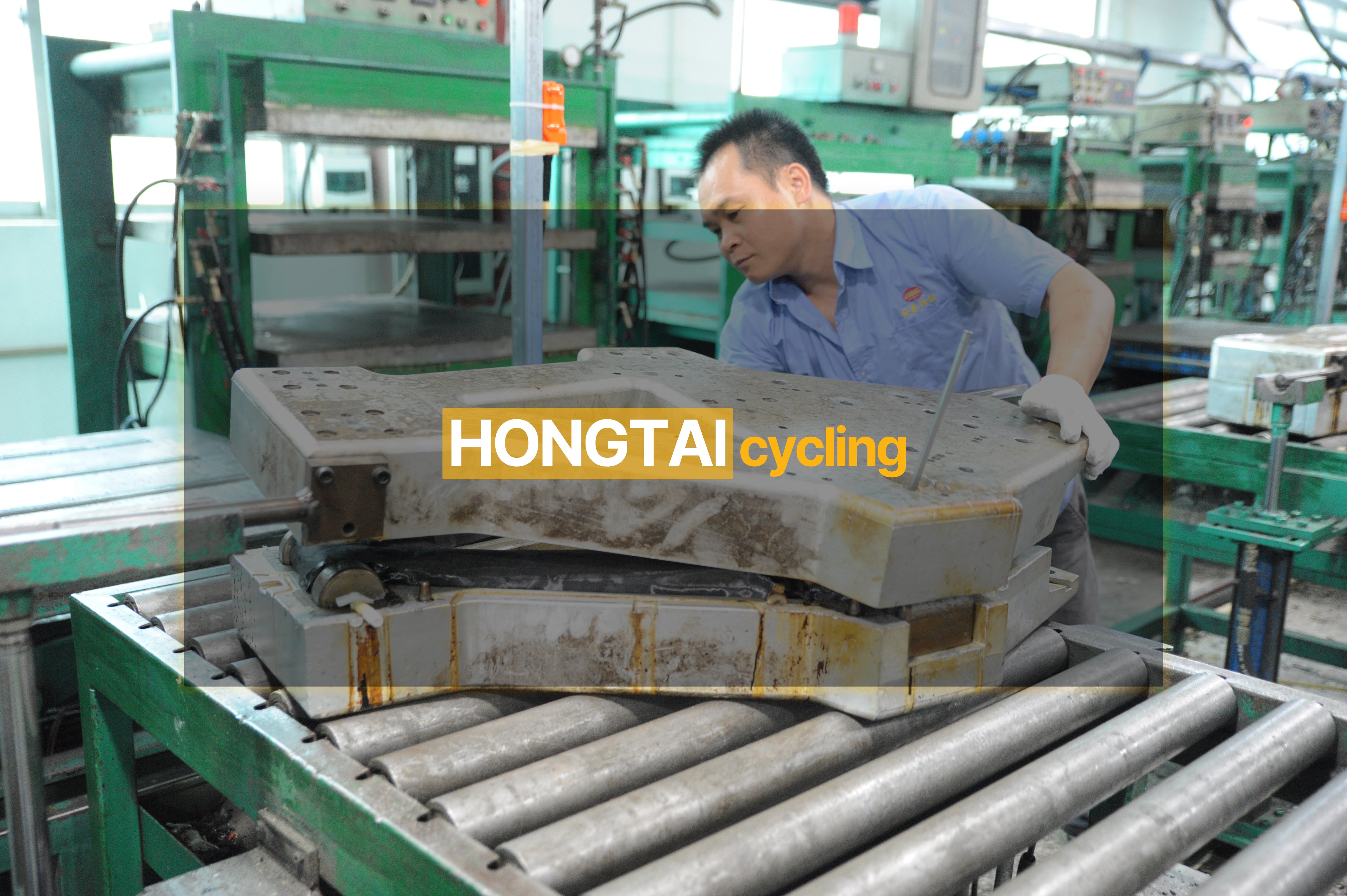


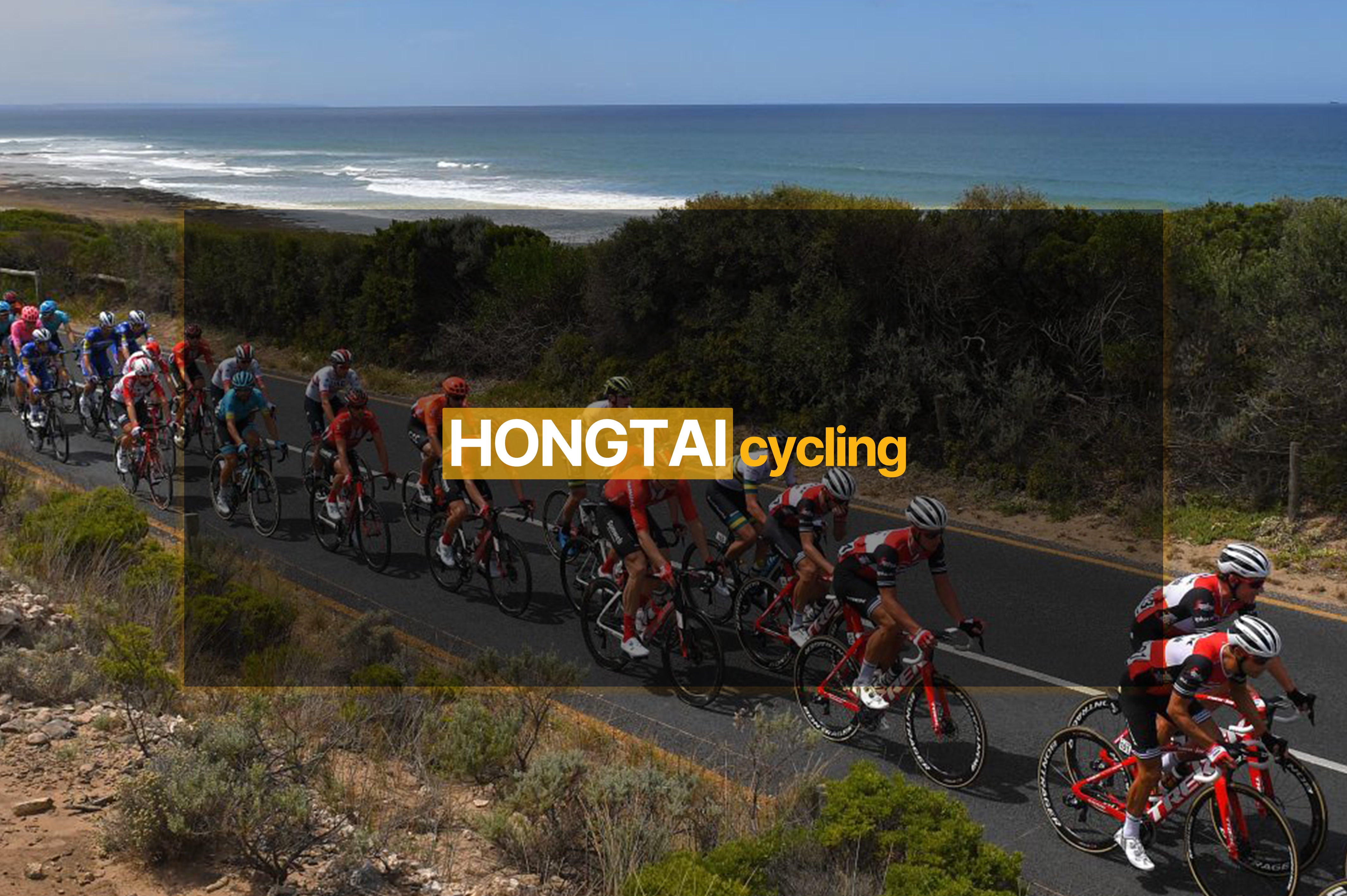



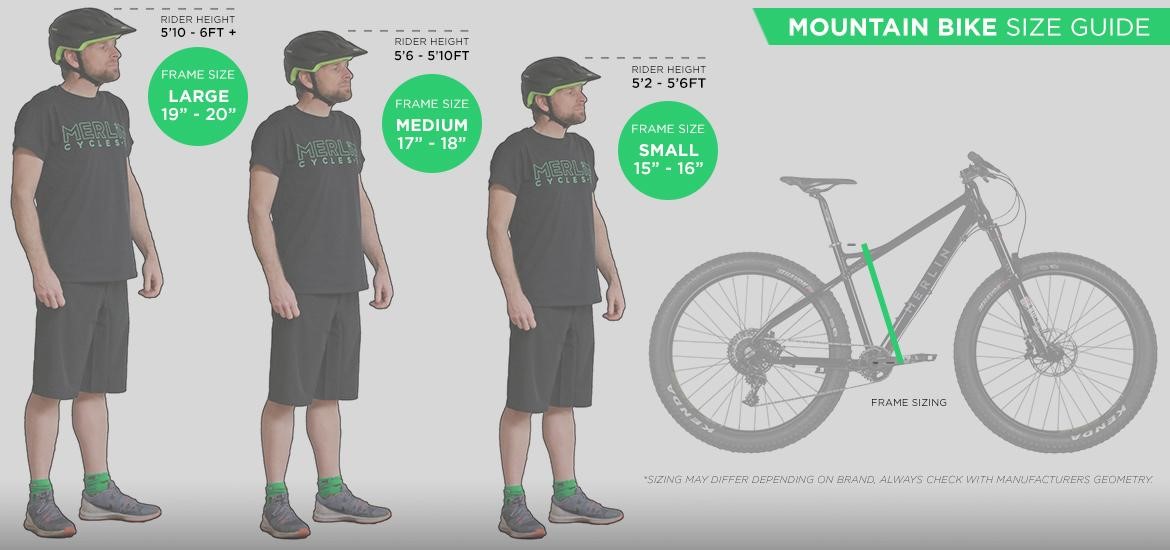

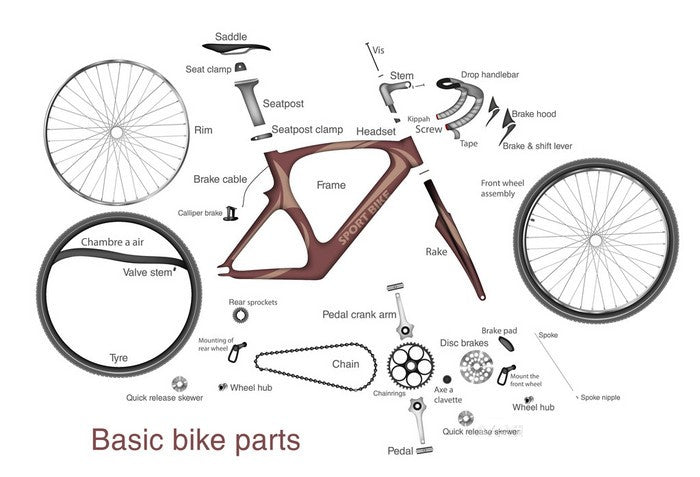
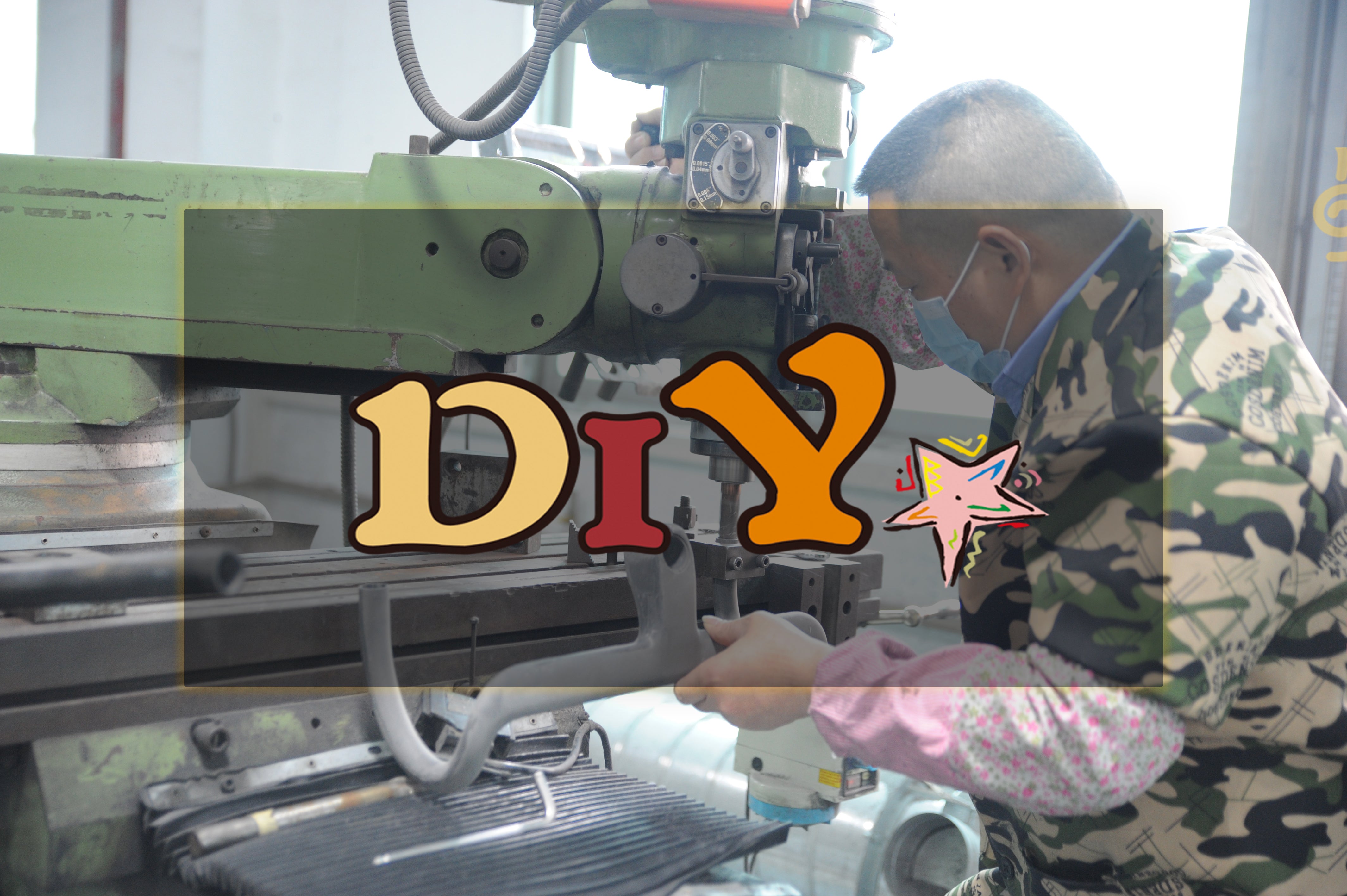

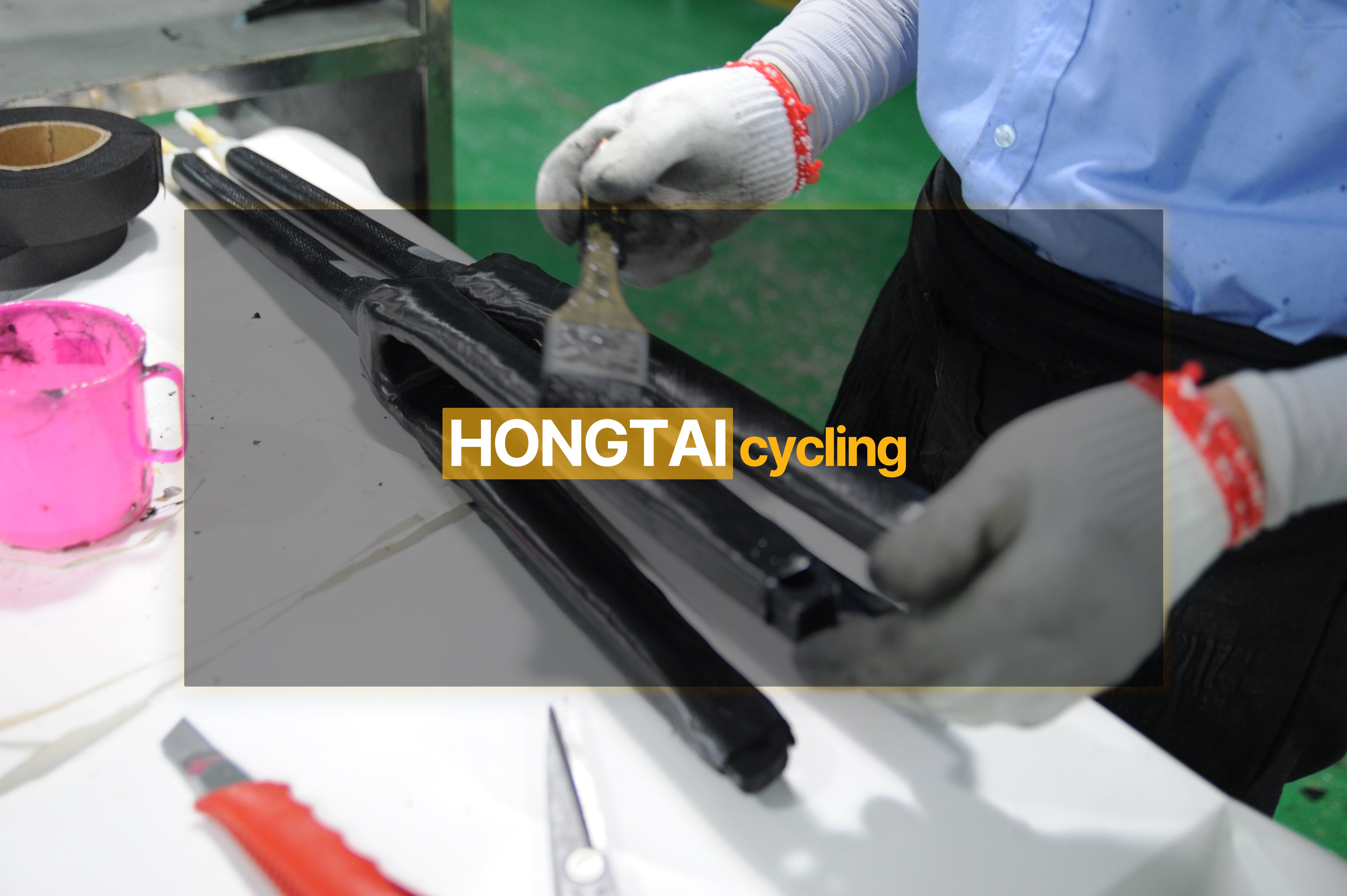


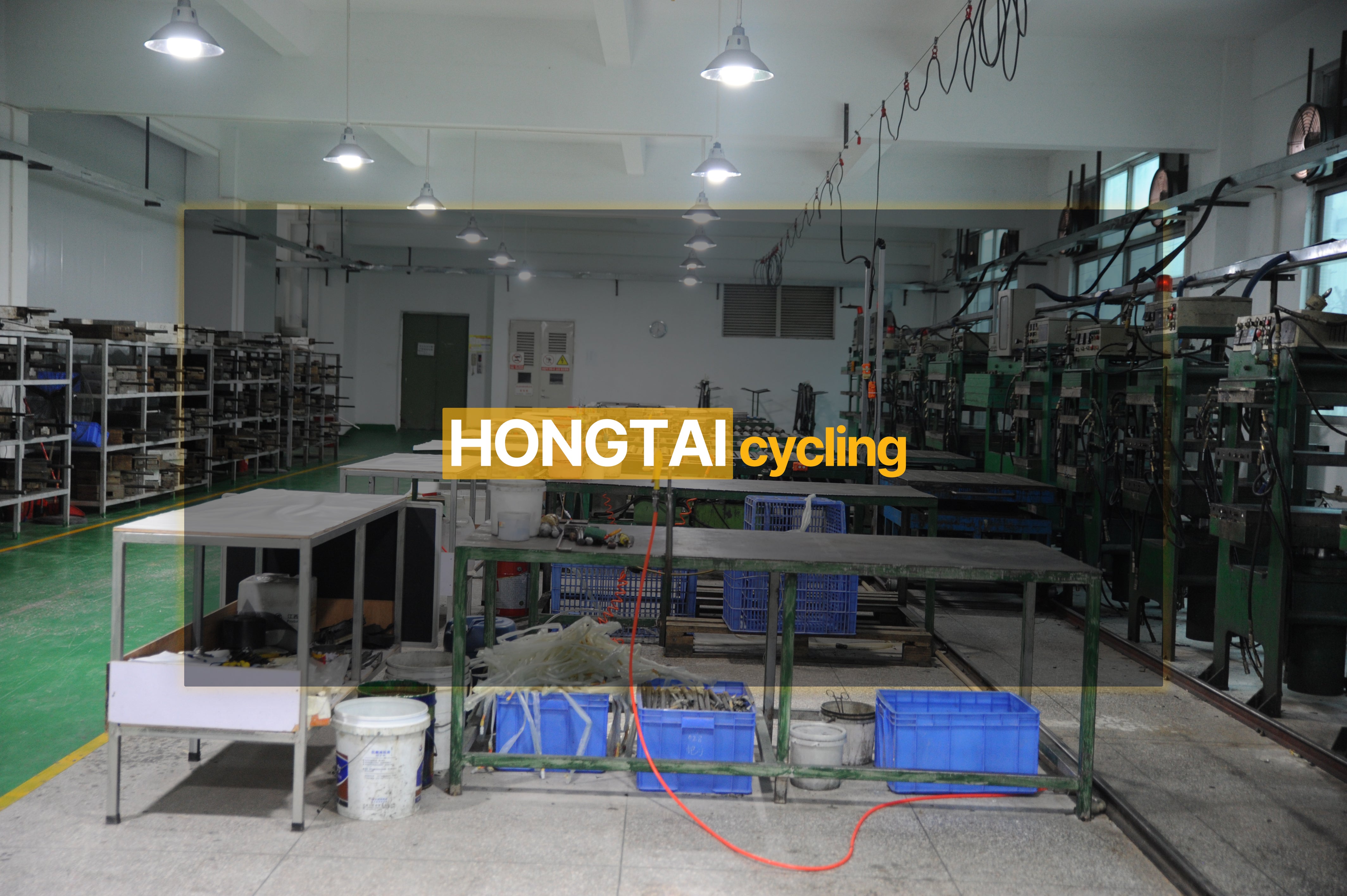
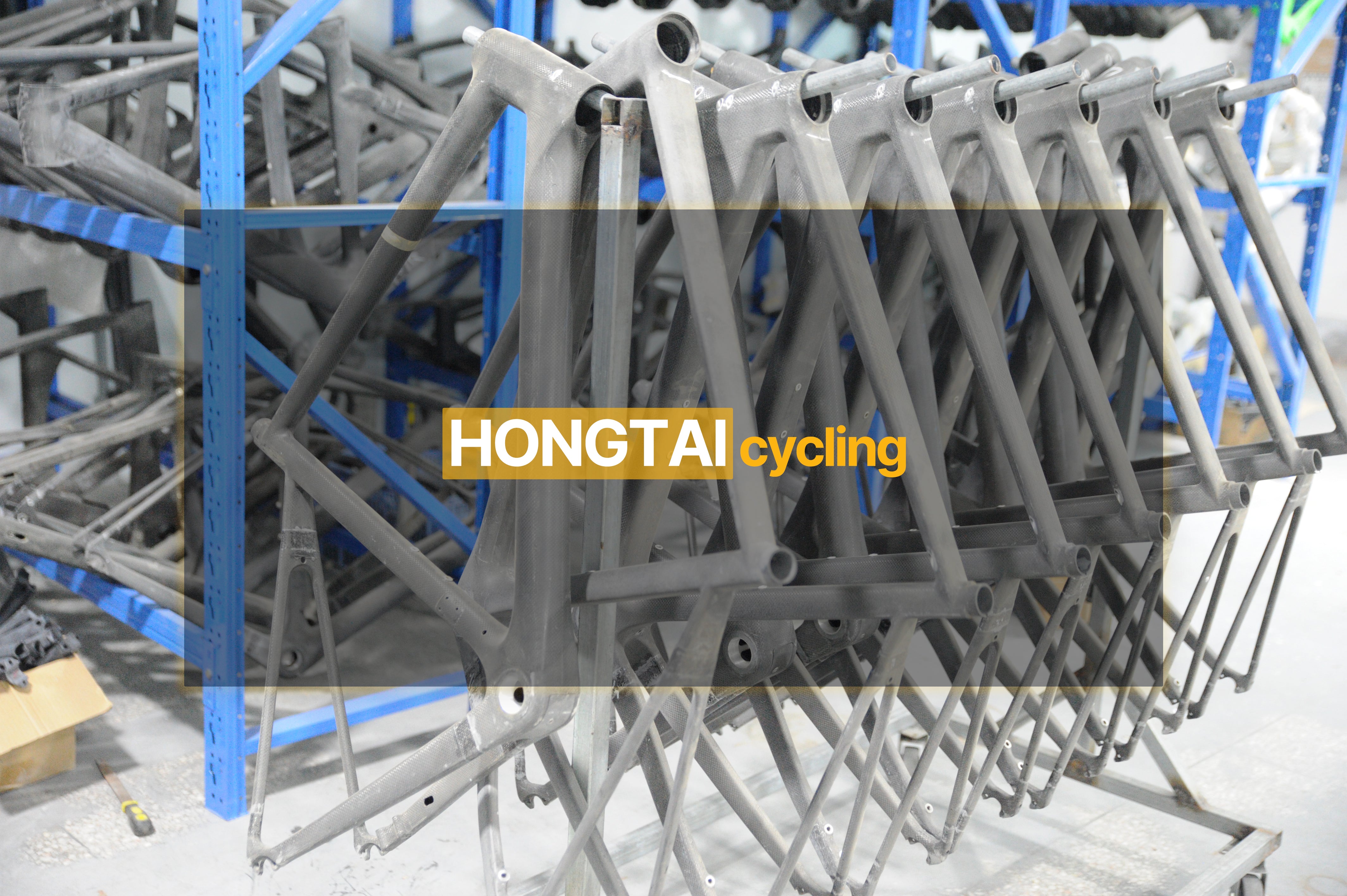

0 Comments